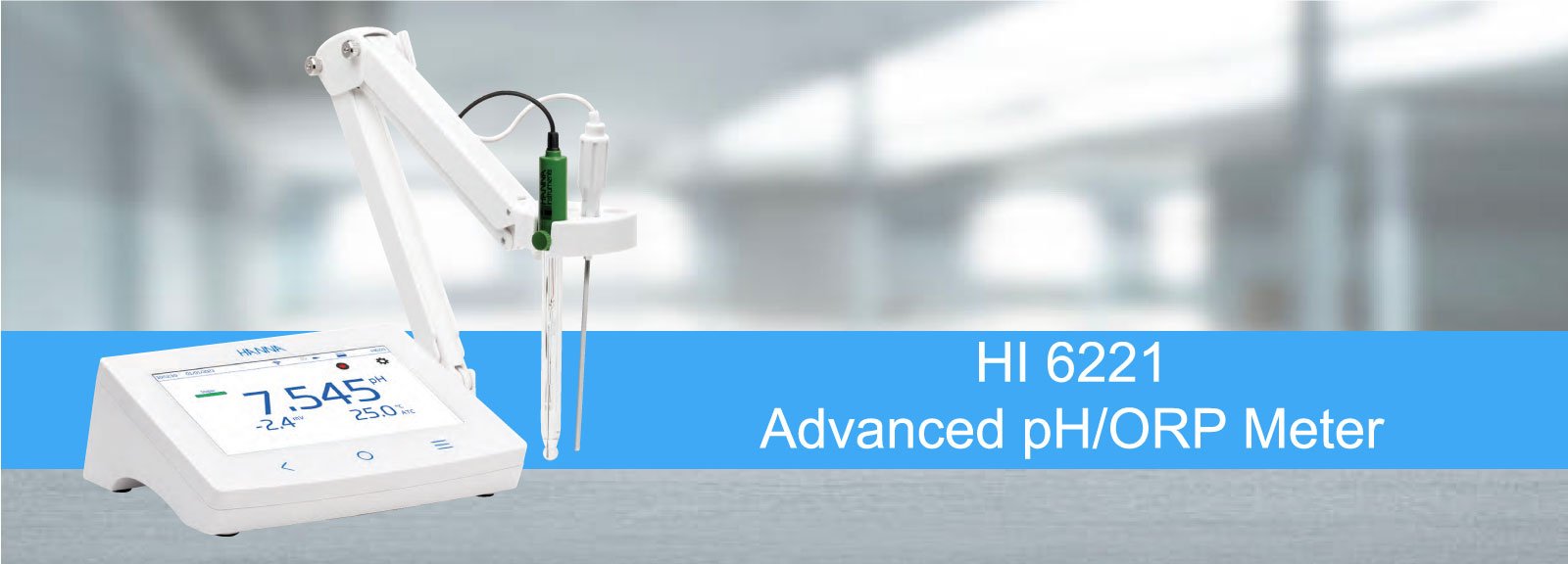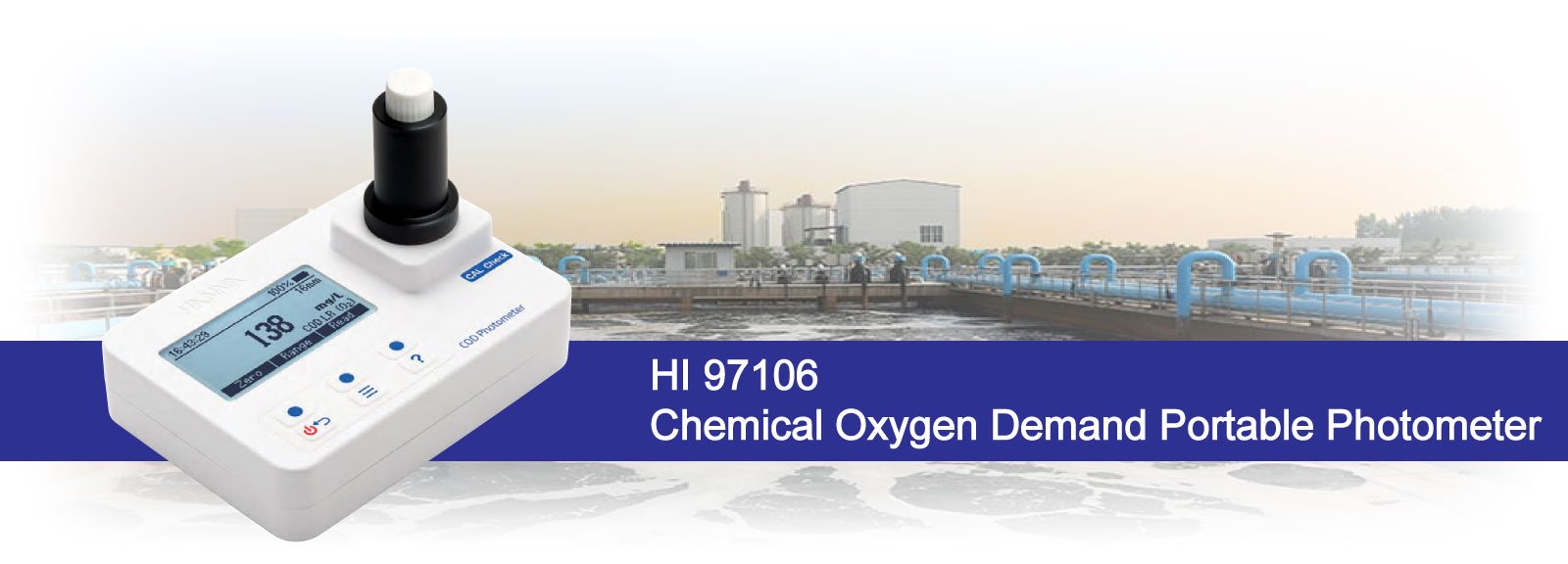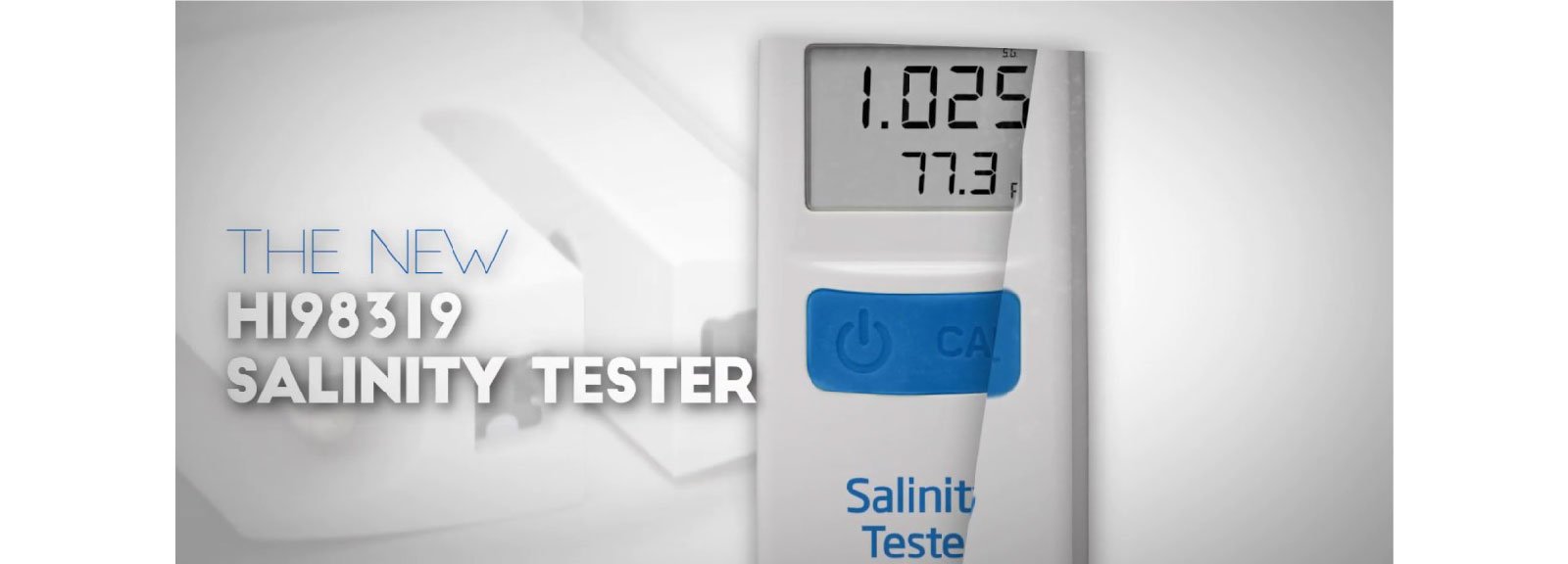11A, Jalan PJS 11/20,
Bandar Sunway,
46150 Petaling Jaya,
Selangor, Malaysia.
Hanna Instruments (M) Sdn Bhd
N0. 303-2-27, Krystal Point,
Jalan Sultan Azlan Shah,
11900 Sungai Nibong,
Penang, Malaysia.
+604-638 4558
+604-645 4558
penang@hannamalaysia.com
Sabah Branch Office
Hanna Instruments (M) Sdn Bhd
No. 4-1, 1st Floor,
Plaza Kingfisher,
Jalan Plaza Kingfisher 5,
Inanam, 88450 Kota Kinabalu,
Sabah, East Malaysia.
088-382 941
088-382 942
sabah@hannamalaysia.com
HI98164 Professional Portable Yogurt pH Meter
| Previous | 18 / 21 | Next |
RM 3,938.00
The HI98164 is a rugged, waterproof, Foodcare portable pH meter that measures pH and temperature using the specialized FC2133 yogurt pH electrode. This professional, waterproof meter complies with IP67 standards. The HI98164 is supplied with all necessary accessories to perform a pH/temperature measurement packaged into a durable thermoformed carrying case that holds the meters, probes and calibration buffers securely in place.
- Quick Connect DIn Connector
- USB Connection for Data Transfer
- Dedicated Help Button
Details
Monitoring pH is crucial in producing consistent, quality yogurt. Yogurt is made by the fermentation of milk with live bacterial cultures. Most yogurts are inoculated with a starter culture consisting of Lactobacillus bulgaricus and Streptococcus thermophilus. Once the live culture is added, the mixture of milk and bacteria is incubated, allowing for fermentation of lactose to lactic acid. The pH of the mixture drops and becomes more acidic due to the lactic acid production; it is this reduction in pH causes the casein protein in milk to coagulate and precipitate, resulting in a yogurt-like texture.
Yogurt producers cease incubation once a specific pH level is reached. Most producers have a desired point between pH 4.0 and 4.6 in which fermentation is stopped by rapid cooling. Within this range of pH there is an ideal amount of lactic acid present for yogurt, giving it the characteristic tartness, aiding in thickening, and acting as a preservative against undesirable strains of bacteria.
By verifying that fermentation continues to a predetermined pH endpoint, yogurt producers can ensure their products remain consistent in terms of flavor, aroma, and texture. A deviation from the predetermined pH can lead to a reduced shelf life of yogurt or create a product that is too bitter or tart. Syneresis can also occur if fermentation is stopped too early or too late, resulting in yogurt that is respectively too alkaline or too acidic. Syneresis is the separation of liquid, in this case whey, from the milk solids. Consumers expect yogurt to remain texturally consistent, so ensuring fermentation is stopped at the appropriate pH is vital to consumer perception.
Yogurt can provide a number of challenges for the person that needs to measure pH. Yogurt is a semi-solid to slurry that has a very high solids content. This type of sample will coat the sensitive glass membrane surface and/or clog the reference junction. The FC2133 that is supplied with the HI98164 is designed specifically for measuring pH in yogurt. From a conic tip shape for easy penetration to an open junction that resist clogging; the FC2133 is an ideal general-purpose pH electrode for yogurt products. The FC2133 connects to the HI98164 with a quick-connect, waterproof DIN connector, allowing for a secure, non-threaded attachment.
The FC2133 amplified pH electrode is a specialized probe that offers numerous features that improve pH testing for yogurt producers. An integrated temperature sensor allows for temperature compensated pH measurements without the need for a separate temperature probe. The probe’s conical sensing bulb ensures stable calibration and measurement in semi-solids and emulsions like yogurt.
An integral part of any pH electrode is the reference junction. The reference junction is a part of the electrode that allows for the flow of ions located in the reference cell into the sample being tested. It is vital that this flow occurs in order to complete an electrical circuit, which ultimately determines the pH value. Any clogging of the junction will prevent completion of the circuit, resulting in readings that are erratic or constantly drifting.
Clogging of the reference junction is a common challenge faced by yogurt producers as the milk solids and proteins can easily build up on the electrode. The open junction design of the FC2133 utilizes a viscolene reference electrolyte that comes into direct contact with the yogurt sample. Without a physical junction, the electrode resists clogging and continues to provide accurate, stable readings.

Glass Body
The glass body of the FC2133 is chemically resistant and quick to reach thermal equilibrium, allowing for a faster, more stable response when taking pH measurements in samples that are not at ambient temperature.

Conical Glass Tip
The conical shaped tip design allows for penetration into solids, semi-solids, and emulsions for the direct measurement of pH in samples such as yogurt.

Open Junction Reference
The open junction design consists of a solid gel interface (viscolene) between the sample and internal Ag/AgCl reference. This interface not only prevents silver from entering the sample, but also makes it impermeable to clogging, resulting in a fast response and stable reading.

Built-In Temperature Sensor
Errors in calibration and measurement are eliminated with the Automatic Temperature Compensation provided by the integrated temperature sensor.
Besides being supplied with a unique pH electrode made for yogurt, the HI98164 has the Hanna's unique CAL Check™ feature that alerts the user to potential problems during the calibration process. This is a very important for the food processor since it is likely that the probe will be coated with the solids found in the food product being measured. This coating can easily lead to errors in pH measurement. By comparing previous calibration data to the current calibration, the meter will inform the user, with display prompts, when the probe needs to be cleaned, replaced, or if the pH buffer might be contaminated. After calibration, the overall probe condition is displayed on screen as a percentage from 0 to 100% in increments of 10%. The probe condition is affected by both the offset and slope characteristics of the pH electrode, both of which can be found in the GLP data.
Pressing the “AutoHold” virtual key in measurement mode, the meter will freeze and automatically log a stable reading. An “out of calibration range” warning can be enabled that will alert the user when a reading is not within the bracket of calibrated pH values.
The log-on-demand mode allows the user to record and save up to 200 samples. The logged data, along with the associated GLP data, can then be recalled or transferred to a PC with Hanna’s HI920015 micro USB cable and HI92000 software for traceability in record keeping for specific product batches. GLP data includes date, time, calibration buffers, offset, and slope, and is directly accessible by pressing the dedicated GLP key.
A contextual help menu based on the screen that is currently being viewed can be accessed at any time by the press of a dedicated button.
The high contrast, graphic LCD screen is easy to view outdoors in bright sunlight as well as in low-lit areas with the backlight. A combination of dedicated and virtual keys allows for easy, intuitive meter operation in a choice of languages.
The compact, durable HI720161 carrying case is thermoformed to hold all necessary components for taking a field measurement, including the meter and electrode, beakers, buffer solutions and cleaning solutions.
On-Screen Features

Setup screen
Our extensive setup screen features a host of configurable options such as time, date, temperature units and language for help screens and guides.

Calibration
pH calibration features detailed CAL Check™ messages. Users are guided through the calibration procedure with step-by-step on-screen instructions.

GLP
Comprehensive GLP functions are directly accessible by pressing the GLP key. Calibration data, including: date, time, offset, slope and buffers used in the last calibration can be reviewed.
Features/Benefits:
Ergonomic, rugged, waterproof (IP67) design
Supplied with FC2133 Foodcare pH/Temperature electrode
- Conic tip shape for easy penetration into semi-solids
- Open junction design that resist clogging from food solids
- Glass body that is easy to clean
- Built in temperature sensor for temperature compensated measurements
Five-point pH calibration with seven standard buffers and five custom buffers
CAL Check
- Alerts user to potential problems during calibration including when to clean electrode and possible buffer contamination
- Displays overall condition of the pH electrode after calibration that is based on the offset and slope characteristics
Log-on-demand
- Store measurement data at the press of a button
AutoHold
- Freezes displayed measurement reading upon stabilization
GLP Features
- GLP data including date, time, pH calibration buffers, offset, and slope
- GLP data stored with logged data for traceability
Calibration timeout to alert the user at a defined interval when the calibration has expired
Multiple language selection
200 hour battery life with battery level displayed on measurement screen
Menu driven for ease of use with virtual-key extended functionality
Contextual help at the press of a button
Backlit, graphic LCD
Connectivity
- PC connectivity via a sealed opto-isolated micro USB and HI92000 software
Specifications
| pH Range | -2.0 to 20.0 pH; -2.00 to 20.00 pH; -2.000 to 20.000 pH |
|---|---|
| pH Resolution | 0.1 pH; 0.01 pH; 0.001 pH |
| pH Accuracy | ±0.1; ±0.002 pH |
| pH Calibration | up to five point calibration, seven standard buffers available (1.68, 4.01, 6.86, 7.01, 9.18, 10.01, 12.45) + five custom buffers |
| mV Range | ±2000 mV |
| mV Resolution | 0.1 mV |
| mV Accuracy | ±0.2 mV |
| Temperature Range | -20.0 to 120.0°C (-4.0 to 248.0°F) |
| Temperature Resolution | 0.1°C (0.1°F) |
| Temperature Accuracy | ±0.4°C (±0.8°F) (excluding probe error) |
| Temperature Compensation | manual or automatic from -20.0 to 120.0°C (-4.0 to 248.0°F) |
| Slope Calibration | from 80 to 110% |
| Electrode/Probe | FC2133 Foodcare PVDF body, pH electrode with internal temperature sensor, quick connect DIN connector and 1 m (3.3’ cable) |
| Input Impedance | 10¹² Ohms |
| Log-on-demand | 200 samples (100 pH and 100 mV range) |
| PC Connectivity | opto-isolated USB with optional HI 92000 software and micro USB cable |
| Battery Type/Life | 1.5V AA batteries (4) / approximately 200 hours of continuous use without backlight (50 hours with backlight) |
| Auto-off | user selectable: 5, 10, 30, 60 min or can be disabled |
| Environment | 0 to 50°C (32 to 122°F); RH 100% (IP67) |
| Dimensions | 185 x 93 x 35.2 mm (7.3 x 3.6 x 1.4”) |
| Weight | 400 g (14.2 oz.) |
| Ordering Information | HI98164 is supplied with FC2133 PVDF body pH electrode, HI7004M pH 4.01 buffer solution (230 mL), HI7007M pH 7.01 buffer solution (230 mL), HI700643 electrode cleaning and disinfection solution for yogurt residues sachet (2), 100 mL plastic beaker (2), 1.5V AA batteries (4), HI92000 PC software, HI920015 micro USB cable, instruction manual with quick start guide, instrument quality certificate and HI720161 hard carrying case. |









